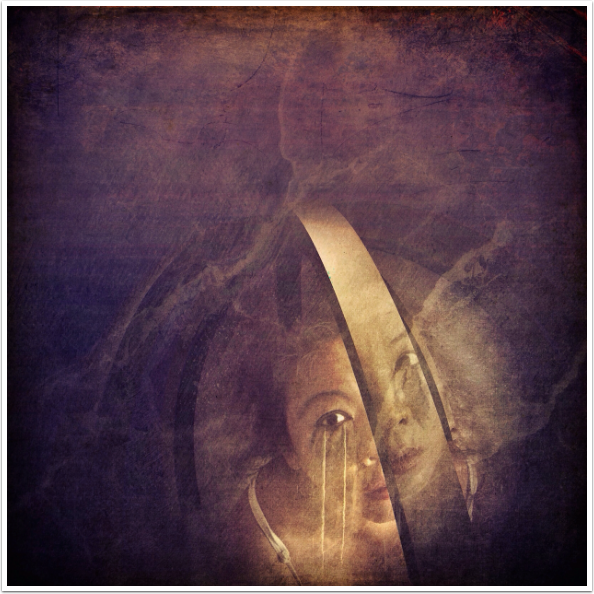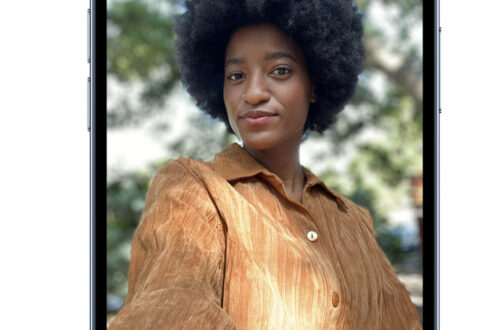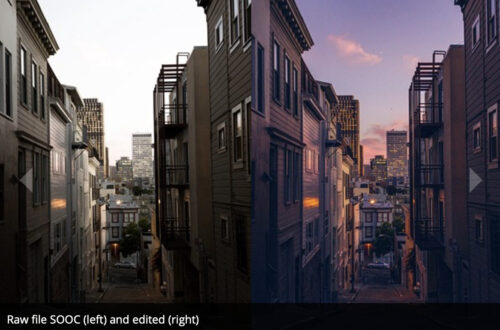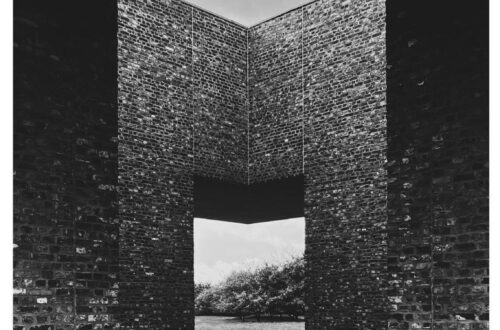Mobile Art – APPart Artist Interview with Michelle Robinson – TheAppWhisperer
We have been long time admirers of Michelle Robinson’s mobile art here at TheAppWhisperer. Robinson’s conceptual mobile art bridges the link between art, emotion and healing, invoking a sense of hermeticism and transcends a vale of tears, reawakened, moist and glistening. I think you’ll enjoy this very much (foreword by Joanne Carter).
Would you tell us more about your art background and transition (if appropriate) to working with mobile hardware, i.e. iPhone, iPad, tablets.
I don’t have a formal art background. I’m pretty much self-taught. My love for taking photos at a young age, and my love for art have combined quite comprehensively into “iPhoneography”.
The transition was quite a normal one – where I used to carry a point-and-shoot around, I now have my mobile phone. Where I used to have art supplies, the phone and tablet are now my supplies – much less to clean up, cheaper and most of all portable. It’s not quite the same, but for me, it feeds the creative hunger adequately.
Image – ’15 Seconds of Fame’ – ©Michelle Robinson
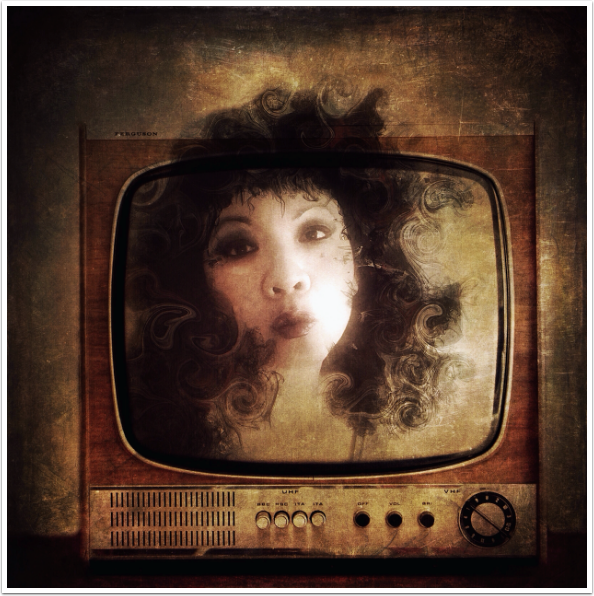
Please describe your style of art and your portrayals.
I would say that it’s very much a mash up of what suits my fancy and what I am experimenting with. Mostly, I do collages in some form or other. I tend to start off with one or more of my own images and work from there. Lately, I’ve moved into more conceptual photography and away from abstracts – often times they will be self-portraits to convey my narrative.
As time goes on, I am finding it increasingly less satisfying to simply “app” an image – it’s the narrative that seems to consume me these days. The image has to be able to say something for me, and for whomever views my image. What they view, whether they get my intention or not is unimportant to me. I’ve always said that the moment I post an image publicly, it’s in the hands (or eyes) of the viewer – they take from it what they wish.
How are you inspired, motivated and nourished in your work?
I think my inspiration comes from the experiences in my life. Sometimes it might be something that has occurred or happened recently that will motivate me to create something. Usually motivation comes from an inner-need/desire to create because I need to express myself in some way or other. There will be people who will tell you that I am known for my emotive in-your-face self portraits – those are usually the images where I have released negative emotions, be it something that has bothered me recently or a memory. It’s extremely therapeutic. As the saying goes: art is therapy and that therapy is therapeutic.
Image – ‘Brain Overload’ – ©Michelle Robinson
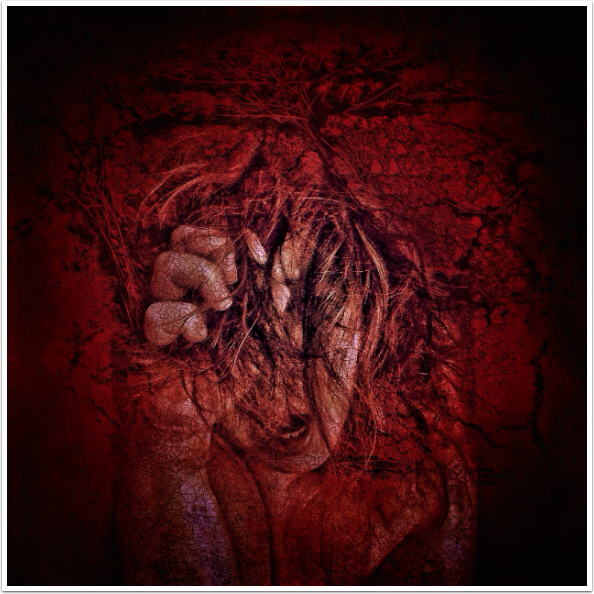
How often do you create images? Do you feel under pressure to produce more and more or do you not subscribe to this? If yes, does this sense of urgency help you in your creation process?
Once upon a time, I used to buy in to the game of posting regularly a new creation. But not so anymore. I am definitely driven by my own instincts and the ideas that have formed in my head after my many long walks. Being self-taught, I was quite random and ad hoc with the way I produced work. I don’t think there is anything wrong with that per se – through time, I’ve learnt to allow an idea or ‘vision’ to develop before I sit to do it. I would say that I probably do one image per week unless there is a clear vision for a series – in that case, I tend to work on them back to back.
I don’t believe in being pressurised by say, ‘likes’ or any kind of validation. I never used to get many and still don’t any way. Sharing a creation for me is very much driven by the “art for anyone and everyone” mentality. I enjoy the idea that once I share it, I am releasing it from my own ideals and intentions.
Image – ‘Caged’ – ©Michelle Robinson
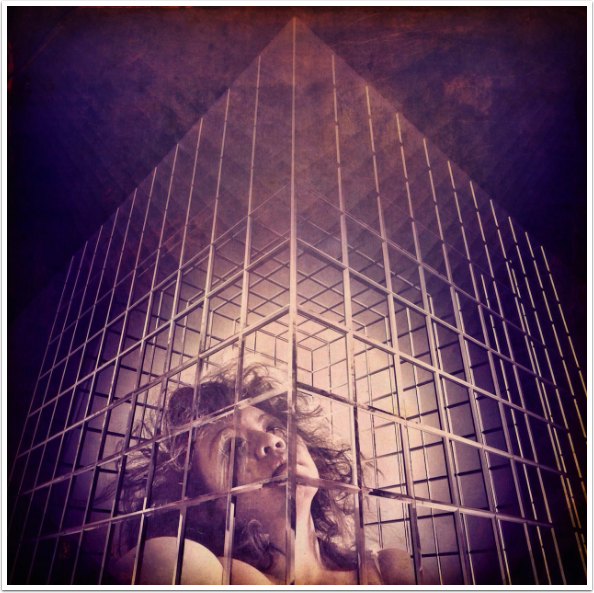
Do you adapt a similar ‘routine’ to creating your images or do you change and vary your process depending on the piece?
Yes and no. There are certain apps that I use on almost all of my images: Snapseed being one of them. But generally it depends on how complex a piece is. So my workflow will differ from one that is “app’d” to one that is a collage or a montage. For me, it is a struggle to not take photos. Whether it’s the way light has hit a tree or created a shadow; architectural abstracts, a flower, a scene, a woman and the way she is dressed. I will look at my images and sometimes they will inspire an idea or an idea will develop whilst I am doing something else and I have to stop to devote time to it.
Sometimes the process will change mid-way. I have the final look in my head, but along the way, an accident or a mistake has happened that has produced a surprising result and I will carry along that path. For me that is my way of remaining true and maintaining creative instinct – you listen to your own visual heart and not what is ‘right’, ‘wrong’ or ‘popular’ or ‘pleasing’ to others.
Image – ‘Disammembled’ – ©Michelle Robinson
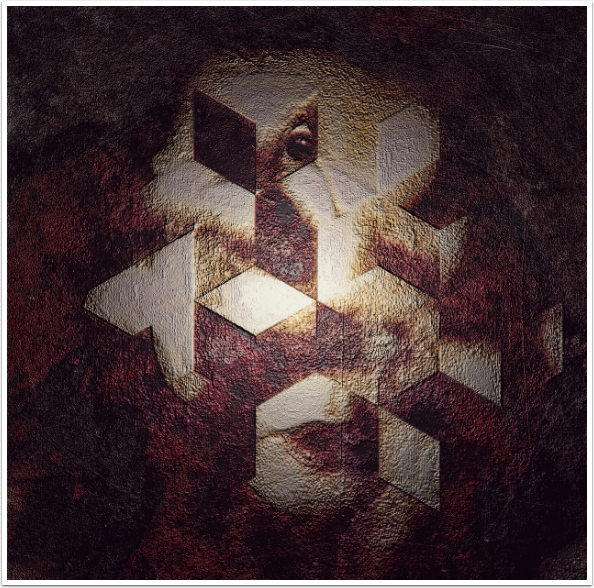
Do you have a particular methodology in your work? Do you allow a specific time frame to complete an image? Do you need to work in a certain creative environment?
Again, yes and no. Some days I allow the composites I have to guide me, other days; I take photos specifically for a creation. Right now, each piece can average about 3-4 hours depending. It seems to take longer as I learn more and more ways to create certain effects myself. My creative environment is home, with my headphones on so that I can completely focus on what I am doing. Sometimes I will step away for 30 minutes so that I can return to the image with fresh eyes. It also allows me to do my chores around the house.
Image – ‘Eat your own words’ – ©Michelle Robinson
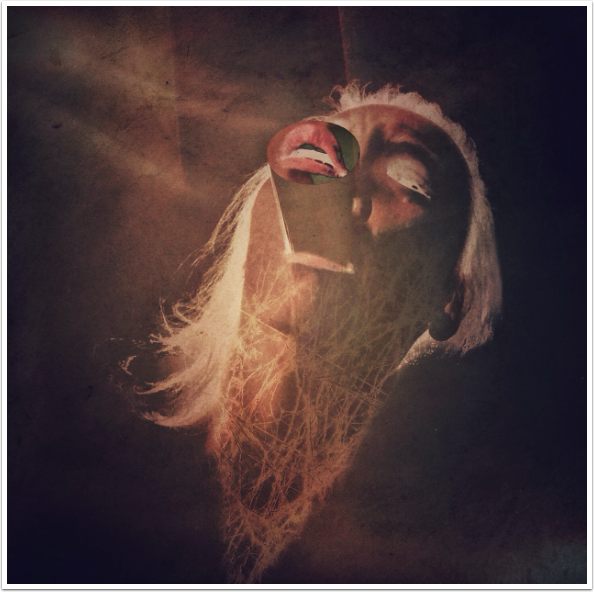
Do photographic images feature in your work, what form do these take?
Yes they do. I think I am a ‘photographer’ first before all else. The images can be of anything – though mostly self-portraits and other people. Sometimes I will get my daughter and her friends to pose for me.
I put the word in inverted commas because I actually don’t like the term. In a day and age where anyone who has a DSLR can be a ‘photographer’, it makes me uncomfortable to think of myself as one. One could say that because I take photographs a lot that I am one … but I cook a lot as well and I’m not a chef.
I am fairly insistent that I use all of my own images in my collages. I am happy to use any of the 3-D effects that are available and put my images through them (like the Pixite suite of apps) that is half of the fun – the results can be so interesting and fun!
Image – ‘Guardian’ – ©Michelle Robinson
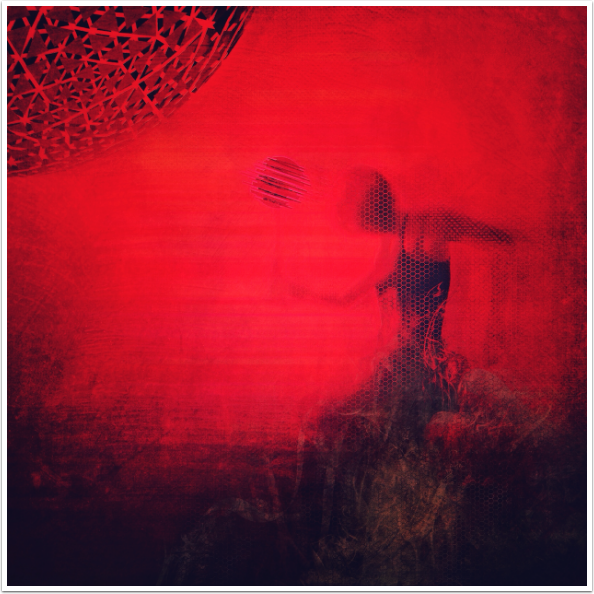
Do you use any additional hardware to help you create your art, such as a stylus? Can you also tell us about any other hardware you use including, software, accessories including batteries, chargers, lenses, storage. Do you have a favourite tool?
I have a stylus. I used to use the Jot Pro but I kept losing the Perspex disc so now I use a cheap one. I tend to work at the pixel-level anyway when I am doing collages so as long as I am masking the right pixels, the type of stylus doesn’t matter. I do use a tripod and now a “selfie stick” a fair bit. I used to have the Olloclip phone case for my iPhone 5S – I found the case not only made it easier to attach the Olloclip range of lenses, but attaching the phone to a tripod made it a lot easier. I have yet to upgrade to a case for the iPhone 6.
There is only one camera app that I use: Procamera. I tend to prefer my composite images to be of a high quality. There is more ‘information’ to work with from a TiFF image.
Image – ‘Me, Myself and Other Selves’ – ©Michelle Robinson
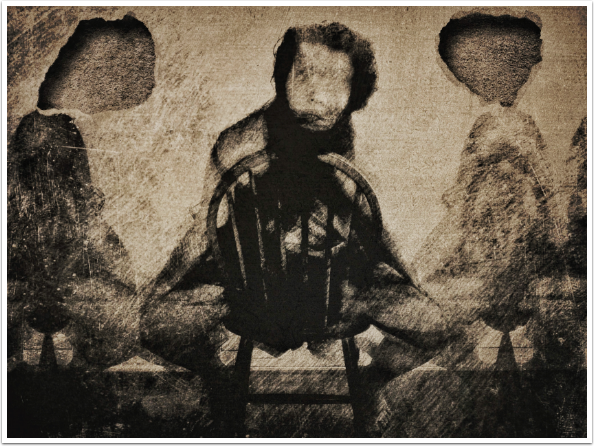
Where do you share your images within social media channels? How do you manage social media, sharing, learning, competitions etc vs creating art?
Normally for the more creative images, I share them on Instagram, Google+ and Flickr. For the simpler everyday images and for my street photography, I have another Instagram account and I also share those images on EyeEm.
To be very candid, I am bad at the social aspect of things. I do follow some people closely but often times they have no idea. It’s not that I am not ‘social’ – more the case that I feel that it’s not me to write a quick one line to compliment someone. Sometimes I do it, but rarely. I rarely even “like” – it’s fairer when no one knows that I am looking!
I am a mother first. So my commitment to my daughter takes priority over all else. I often miss deadlines or submission periods nowadays – this is partly intentional – I just wanted to move away from how I was creating previously.
Image – ‘Portrait of an Ugly Soul’ – ©Michelle Robinson
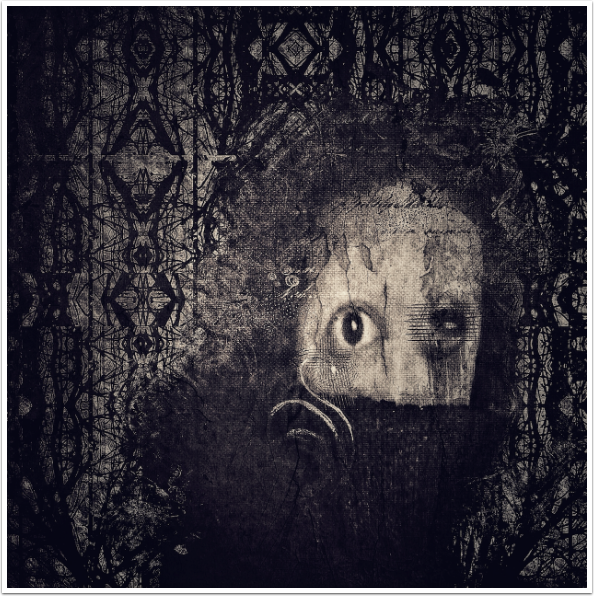
Are you motivated by competitions/competitiveness or does your satisfaction come from within? How do you involve yourself in competitions, shows, challenges and what are your reasons for doing so?
If I submit work to a call, it’s only to test myself – see where I stand. I don’t enter something not expecting anything. I enter with hope – because why else enter in the first place? I do remind myself that art is very subjective: one man’s meat is another man’s poison and all that. But I always give things a go because you never know! I know rejection can be very difficult to take but I think that it helps to strengthen a fragile ego as well. When you share your work publicly as we all do, for the 50 who ‘like’ your work, there are five times that amount who don’t.
Often times, I will take part in such things to push my own boundaries. There have been times when I have felt ‘stale’ and it helps give me a jolt awake to see why it’s important to create not just a “beautiful” or “awesome” image but one of substance and meaning. Through these challenges, competitions etc., I’ve learnt to self-edit: to understand which pieces should be submitted into which category; I’ve also learnt to enhance the quality of my images. Recently I returned to some pieces I created merely two years ago – technology has changed so much since then – but my knowledge has increased as well. I was horrified. I actually re-worked a couple of them and was quite pleased with the results.
Image – ‘Superficial Relationships’ – ©Michelle Robinson
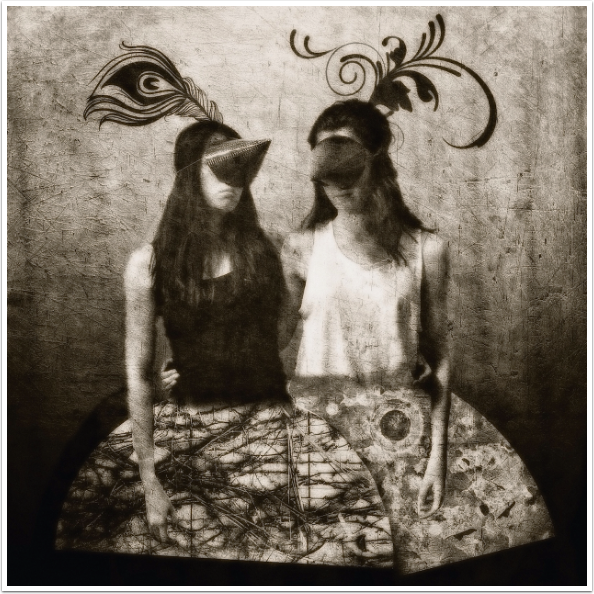
What causes you to pause and take stock of your existing work? How has mobile technology and connectedness changed the way you see? This can be both literally how you see, and how you see yourself and your work. Creative people were more isolated, in the past, and had to deal with less intuitive tools, digitally and in natural media.
I think I tend to take stock of my work when I feel I’ve done too much of the same thing … or when I feel I have too many images and my photo library is messy!
How has mobile technology changed the way I see? Not much. Perhaps it has changed the way I compose images a lot more. When you only have the camera on your mobile phone and no powerful lens, you really need to think outside of the box when taking certain photos. I enjoy solving compositional issues through a viewfinder and in this case, it’s the mobile screen.
As for connectivity: perhaps I am more instantly inspired by the people I admire as their work is at my finger tips. I still think it’s far more enjoyable to look at a still image (or a canvas, or an installation) and study the nuances of the image be it a photograph or a piece of art. Instant connectivity and the speed with which work is viewed doesn’t allow for real or in-depth appreciation, I think. Your image has to make an impact in one second and that’s it. If an artist creates for an audience, any nuances or implications are lost beyond the split second of the scroll. To be honest, I rarely look at any of my feeds on the mobile these days. I’m either looking on my iPad or on a desk top (so old school!) – it’s easier for me to see detail and look at an image closely especially the mobile artists I follow. Their work is not about point-and-shoot. Their work is about detail, layers and more layers and the creative use of apps. For me, they deserve more than one second of my time.
Personally, I think as someone who creates images, I am still isolated – except that it’s by choice. For me, social interactivity doesn’t go hand-in-hand with how good a piece of work is. In fact, I believe that an artist can lose their creative instinct and their own intuition with it – it gets lost in all of the noise. And there is a lot of it out there! If we are to limit the amount of toxins that we put into our body, and if we are to feed our brain with good nutrition, it is the same with our creativity. So I exercise choice in how much I want to see, how much I want to interact and how much I want people to know I interact or am seeing. Getting that balance is not easy and sometimes I have a sense that I am not ‘social’ enough – but I remind myself: if I don’t have time to feed my own ego and I don’t create and share publicly to feed my ego, then I certainly don’t have time to feed the egos of others.
It’s great that we have such intuitive tools at our fingertips – but it’s pointless if our intuition and instincts have been diluted with the level of connectivity we have.
Image – ‘The Blend of the Absurb, Surreal and Mundane’ – ©Michelle Robinson
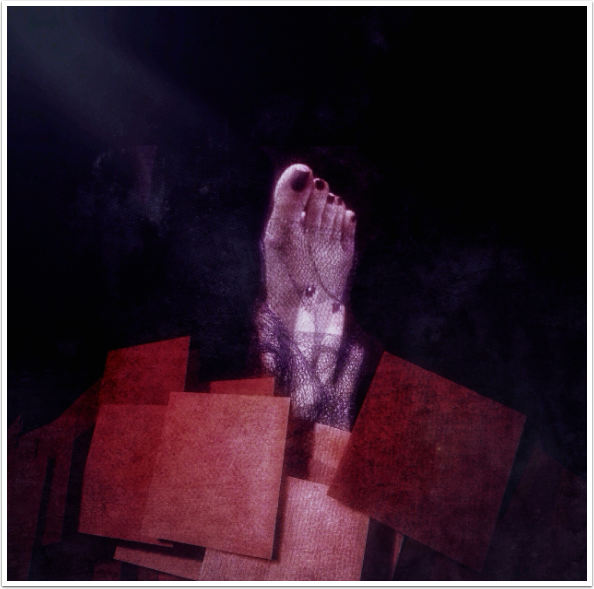
How has TheAppWhisperer.com helped you with your art?
Joanne Carter and The App Whisperer was probably the second or third interview I did in the world of mobile art and photography some 3 to 4 years ago now – (you can find it here) Through the site, I have met some fabulous artists who share my mindset. Often times, it’s the showcases that introduce me to the work of someone new or that I don’t know. For me, the showcases are invaluable in that way. On the odd occasion there will be an app that I will see and it will prompt me to take a closer look at that app.
Image – ‘Trapped’ – ©Michelle Robinson
